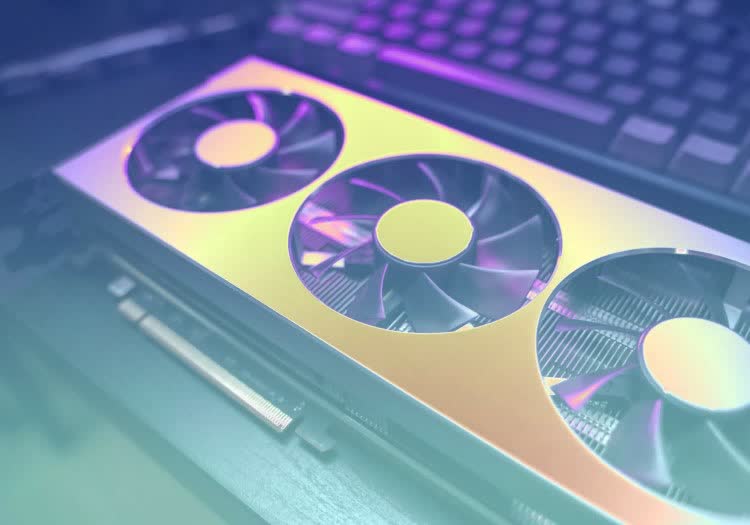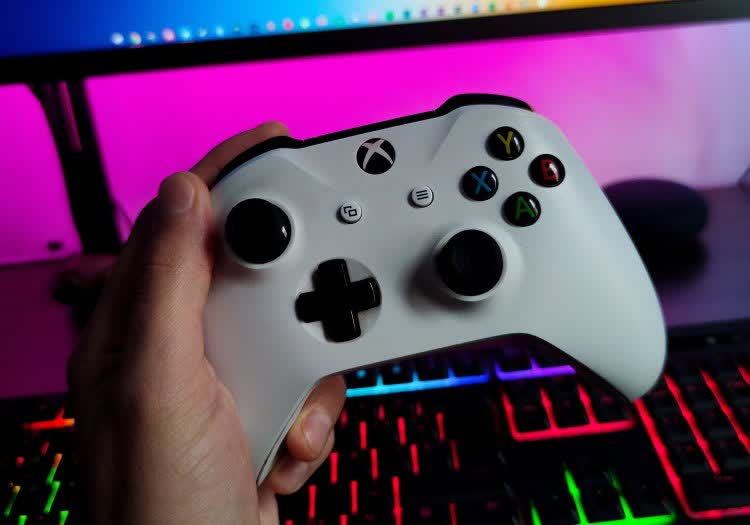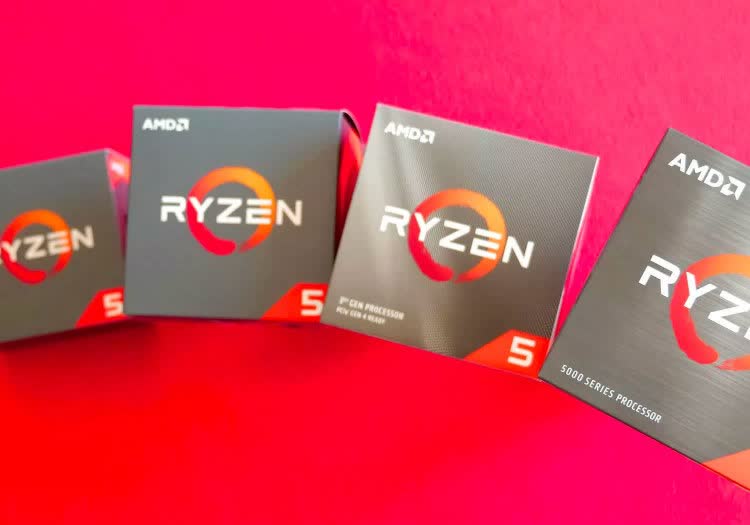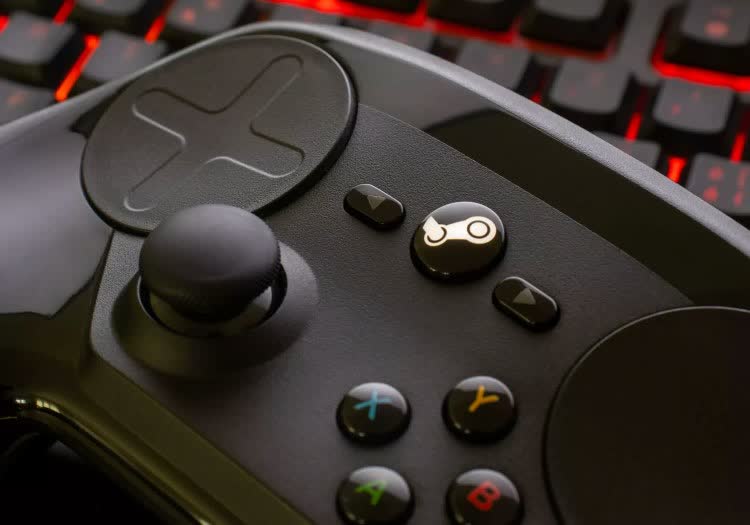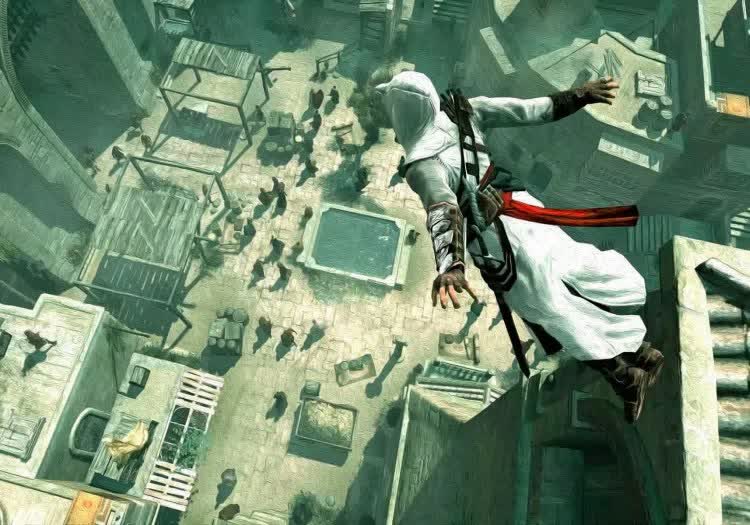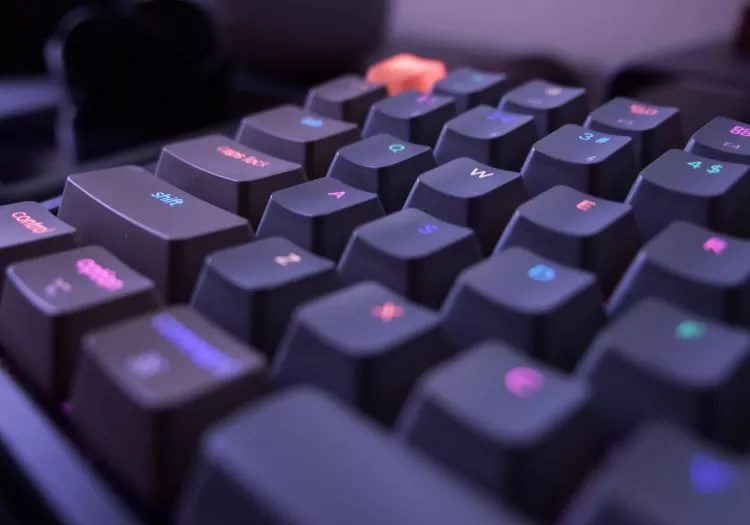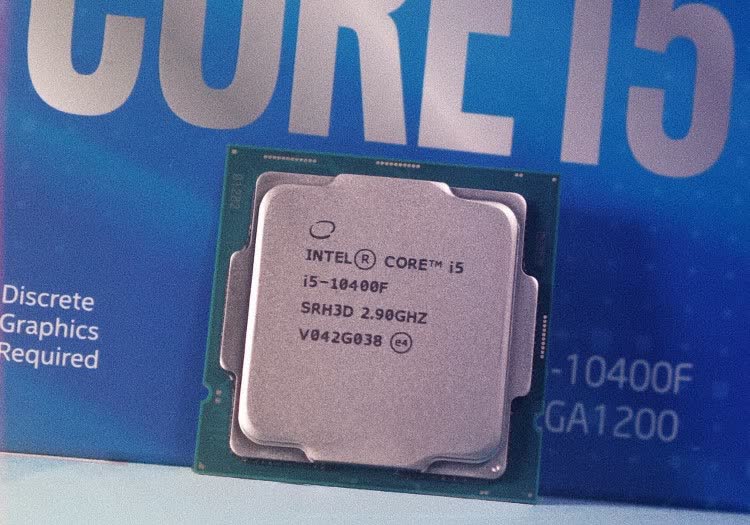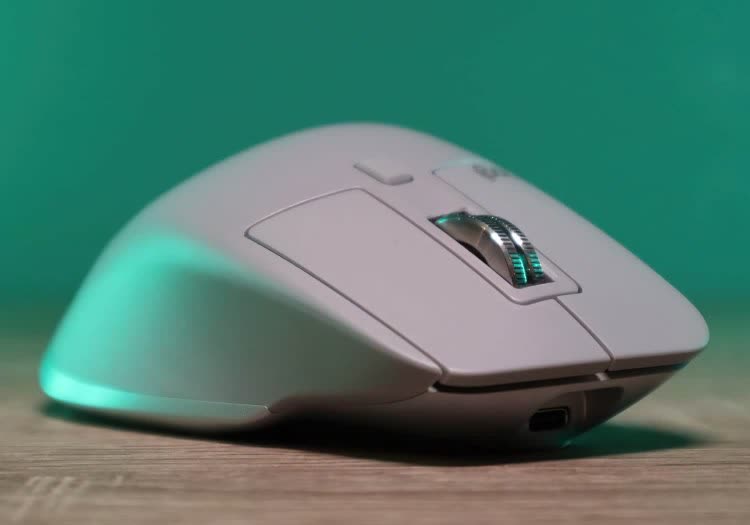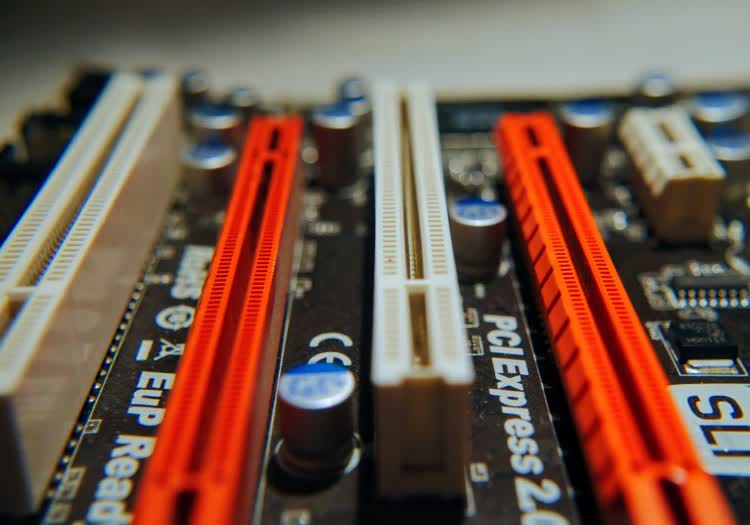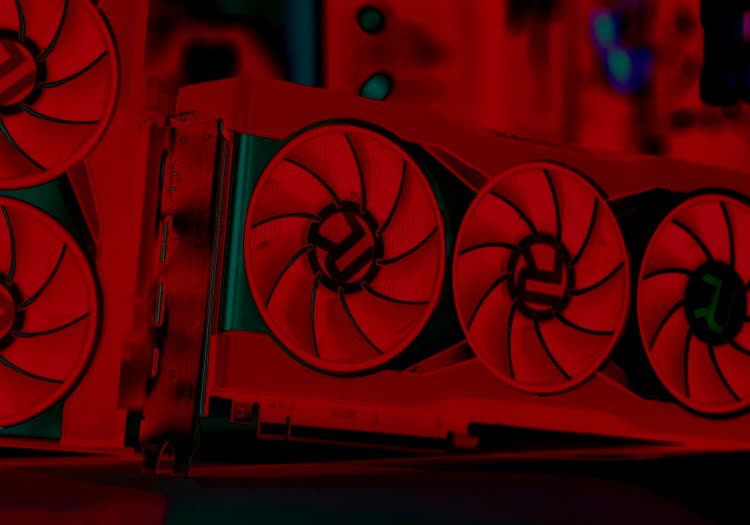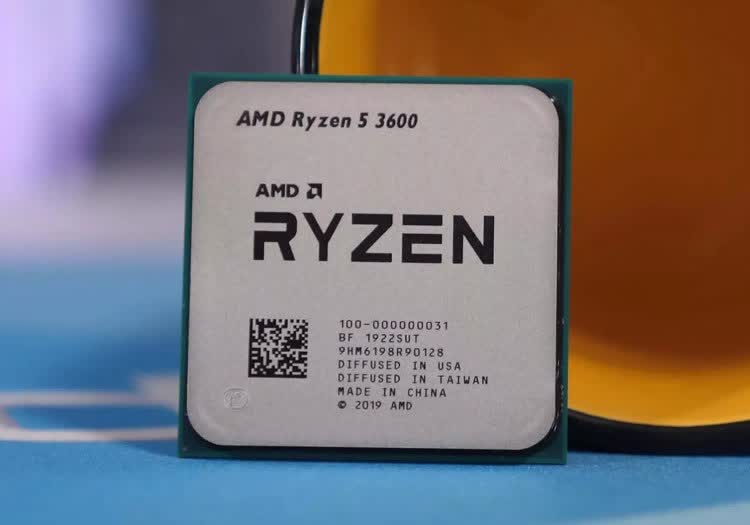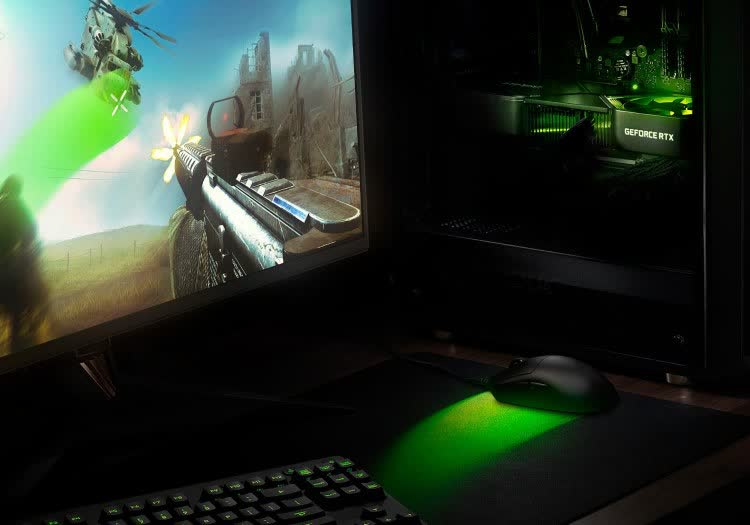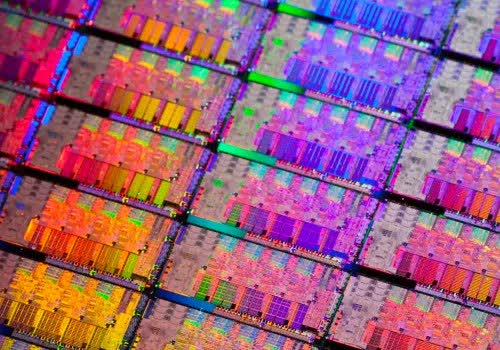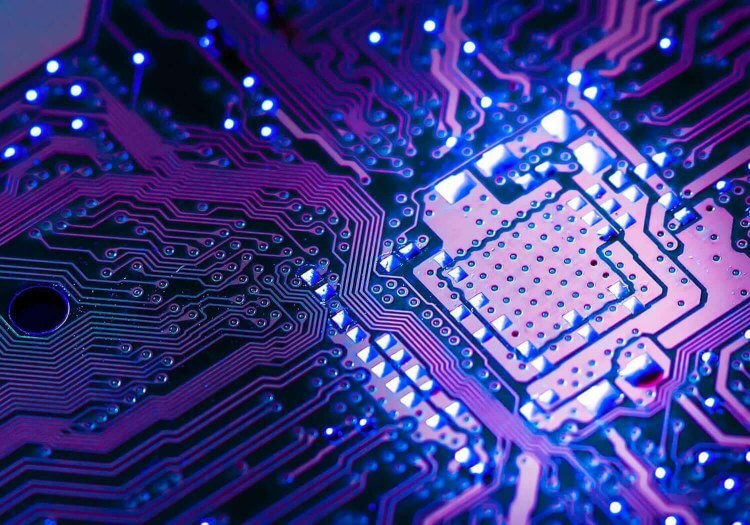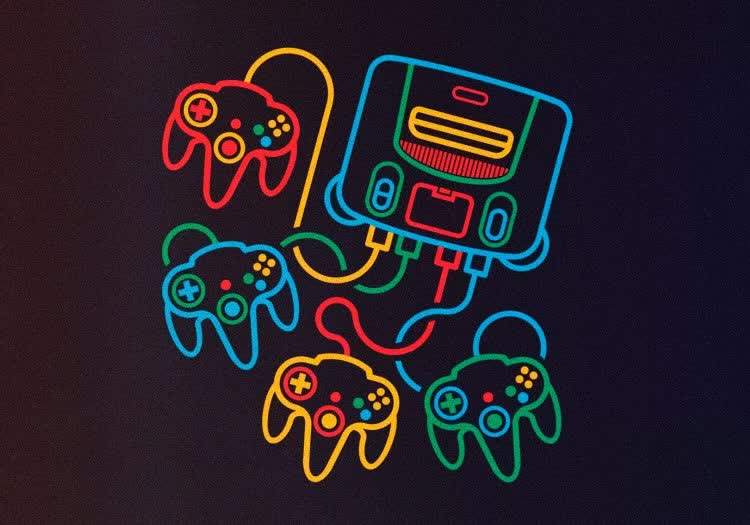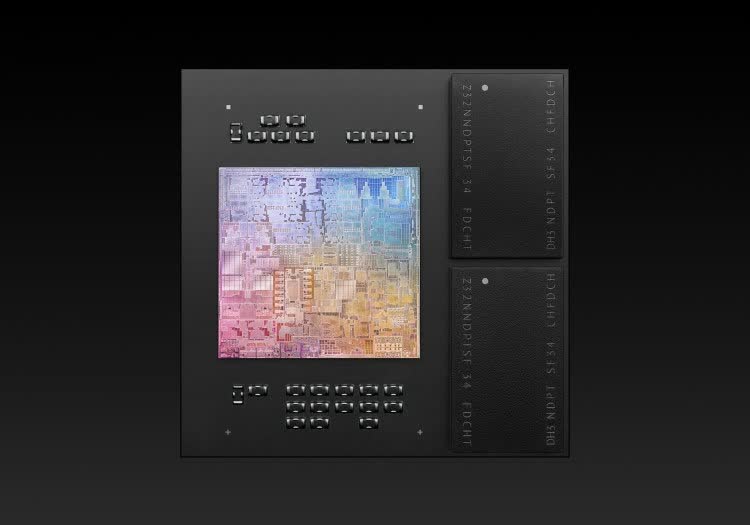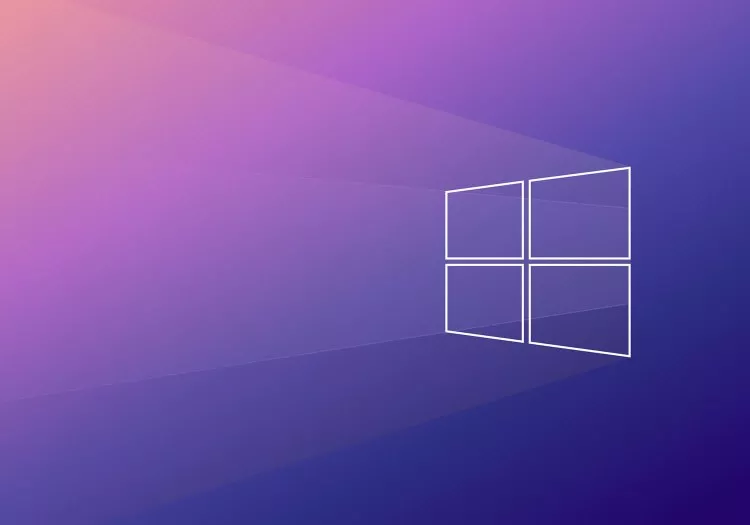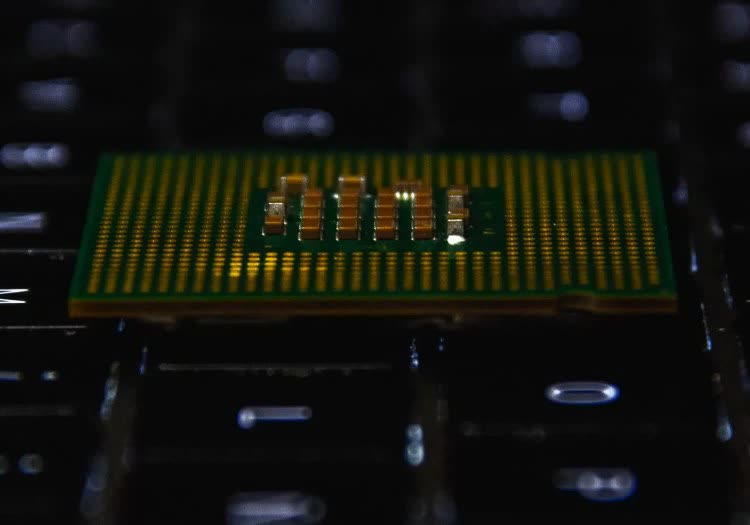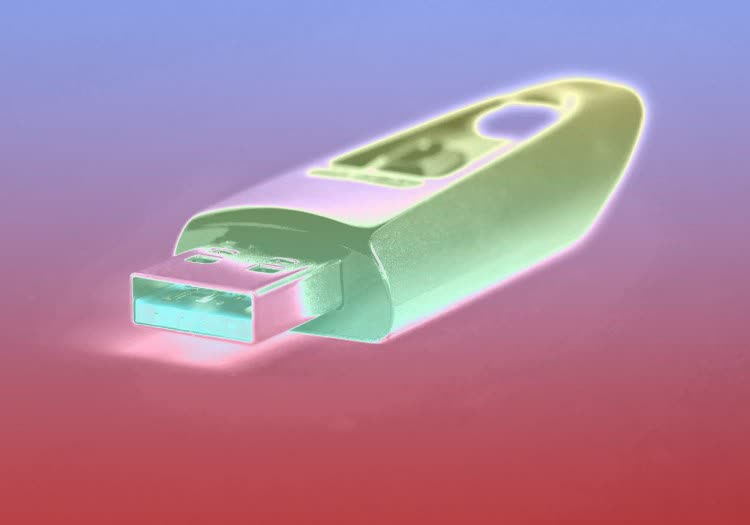Feature Index Page 11
-
History of the Modern Graphics Processor, Part 5
In the last decade, graphics processors became one of the largest, most complex, and most expensive components that could be found in almost any computing device.By Nick Evanson on -
Anatomy of a Gamepad
Input devices have a key role in the computing and gaming landscape. Today we'll finish our autopsy of the major input devices by chopping open a classic gamepad: Microsoft's Xbox 360 controller.By Nick Evanson on -
Most Watchable Games for Non-Gamers
Not everyone likes gaming. Picture the scene: you're with a perfect new partner who shares many of your likes and interests, but upon asking if they prefer shooters or RPGs, they respond with, "Oh, I don't really play games, though I enjoy Candy Crush---does that count?"By Rob Thubron on -
4 Years of Ryzen 5, CPU & GPU Scaling Benchmark
We want to see how the Ryzen 5 1600X, 2600X, 3600X and 5600X compare in half a dozen games using the GeForce RTX 3090, RTX 3070, Radeon RX 5700 XT and 5600 XT, using both the ultra and medium quality presets at 1080p, 1440p and 4K.By Steven Walton on -
I have a confession to make: I've spent several hundred dollars on Steam Controllers
Over the past 5 years, the Steam Controller has been my go-to device for PC gaming from the couch. I've tried Microsoft's controller, DualShock, DualSense, and even the Switch Pro and none come even close. But then, what went wrong with the Steam Controller?By Arjun Krishna Lal on -
13 Years of Assassin's Creed
Who would have guessed that stealthily scaling a building with a trusty hidden blade would become an annual tradition, but back in 2007, the exploits of Altair in Assassin's Creed were practically revolutionary.By Sami Haj-Assaad on -
FreeSync and G-Sync: What You Need to Know
Adaptive sync display technologies from Nvidia and AMD have been on the market for a few years now and gained plenty of popularity with gamers thanks to a generous selection of monitors with plenty of options and a variety of budgets.By Sami Haj-Assaad on -
What Ever Happened to AIM?
One of the greatest tools to be spun out of AOL was its instant messaging client, affectionately known as AIM. Released in the spring of 1997 it allowed users to register an online handle, create buddy lists, and chat with friends in near real-time.By Shawn Knight on -
17 Years of Far Cry
From what began life as a tech demo, the series has endured for over 16 years, producing 14 games (including Far Cry 6) that have sold over 50 million copies and spawned an utterly atrocious movie. This is the story of Far Cry.By Rob Thubron on -
Anatomy of a Keyboard
Input devices have a key role in the computing landscape, so the guts of them must be pretty cool to look at. Naturally, this means getting our scalpels out for another dissection of the anatomy of hardware.By Nick Evanson on -
How to Export Old Device Drivers to a New Windows Installation
Finding drivers online for old hardware can range from difficult to impossible. But we discovered that you can export drivers for third-party devices from one copy of Windows to another -- great news if you have a previous instance of Windows where your old device is installed and functional.By Mark Turner on -
Core i5 10400F + Radeon RX 6800 Tested: Looking for the Best Value CPU
We check out Intel's Core i5-10400F, a direct competitor to the Ryzen 3600 to see how this budget CPU performs when paired with a last-generation high-end Radeon gaming GPU.By Steven Walton on -
Anatomy of a Mouse
Computer mice are often inexpensive and basic, but some of them boast all kinds of extras. In this Anatomy feature we'll dig into the guts of one inexpensive mouse and one Logitech MX model to see how the two compare on the inside.By Nick Evanson on -
The Best and Worst PC Hardware of 2020
Let's do a brief recap of 2020's best and worst PC hardware products. We have 5 categories to work through covering mostly PC hardware components like CPUs, GPUs and motherboards, as well as laptop hardware and monitors.By Tim Schiesser on -
AMD Smart Access Memory Tested, Benchmarked
Today we're taking a detailed look at how AMD's Smart Access Memory (SAM) technology influences performance in a wide range of games. All in all, we plan to benchmark 36 games at 1080p, 1440p and 4K.By Steven Walton on -
AMD Ryzen 5 3600 + Radeon RX 6800: Tested at 1080p, 1440p and 4K
The Radeon RX 6800 is bound to be a popular GPU choice and with so many of you using the still amazing Ryzen 5 3600, it makes sense to see how it performs with the new RDNA2 GPU.By Steven Walton on -
Resolution Scaling: The Secret to Playable "4K Gaming"
Resolution scaling is a great option if you're looking to eke out an additional 10-15% performance, after tweaking settings. If you're playing at a high resolution like 4K, and you combine res scaling with image sharpening, the results are often very close to native.By Arjun Krishna Lal on -
Explainer: What are MMX, SSE, and AVX?
Computer technology is no strange to acronyms: CPU, RAM, SSD, to name but a few. Ever so often, new ones appear on the scene in the never-ending quest to improve the capabilities of our computing devices. Today we'll explain processor instruction set extensions MMX, SSE, and AVX.By Nick Evanson on -
How Arm Came to Dominate the Mobile Market
Whenever you think of mobile computing, Arm is likely the first company that comes to mind, or it should be. Billions of Arm chips are used on phones, TVs, embedded systems and tablets. But they're coming for more.By William Gayde on -
A Beginner's Guide to the Linux Command Line
Do you think of the command line as an antiquated leftover from the past, or an old fashioned way of interacting with a computer? Think again. In Linux, the command line remains the most flexible and powerful way to perform tasks.By Himanshu Arora on -
Against All Odds: How Nintendo Made It
Few companies can brush off failure and come back stronger like the world's most famous gaming company. Nintendo has been synonymous with video games for decades, but it's not always been rosy for the Japanese giant.By Rob Thubron on -
Apple M1: Why It Matters
Ever since Apple's M1 SoC launched, the tech community has been abuzz trying to draw comparisons to see where it stands in terms of performance and efficiency against Intel or AMD. Here's why we think M1 is a very relevant development in the world of computer hardware. -
26 Years of The Elder Scrolls
It's been nearly a decade and two console generations since Skyrim came out in 2011. The Elder Scrolls VI is eventually coming, but as the franchise turns 26, we're looking back at how things got started.By Arjun Krishna Lal on -
Cyberpunk 2077 DLSS + Ray Tracing Benchmark
Cyberpunk 2077 is visually stunning and possibly the most graphically impressive game we've ever seen. Ray tracing elevates the game's visuals and provides a noticeable improvement, so it's time to test how your GPU performs with DLSS and ray tracing enabled.By Tim Schiesser on -
Cyberpunk 2077 Benchmarked
The day has finally arrived: Cyberpunk 2077 is here and the massively popular game appears to be a huge success. This benchmark feature will cover Cyberpunk 2077 performance with all current and previous-gen GPUs from AMD and Nvidia.By Steven Walton on -
"Run as Administrator": What Does It Mean?
You've surely opened software as an admin on Windows before, maybe as recently as today. But do you know what happens under the hood of Windows when you tell the OS to run a program as an administrator, and why is this process necessary in the first place?By Mark Turner on -
What Happened Last Time AMD Beat Intel?
AMD has overcome Intel in terms of performance before, but previous wins against the chip giant have been rare over the years. Furthermore, every time Intel looked inferior, it responded swiftly and effectively.By Sami Haj-Assaad on -
History of the Modern Graphics Processor, Part 4
With the arrival of DirectX 10, vertex and pixel shaders maintained large levels of common function, and so moving to a unified shader architecture made sense. The first GPU to go this route was Nvidia's iconic GeForce 8 Series.By Graham Singer on -
Rundown of Must-Have Portable Apps
Portable apps are lightweight versions of applications that don't use an installer, so you can run them from a USB drive or a cloud folder. We've assembled a collection of the best and most useful portable apps across a variety of categories.By Julio Franco and Shawn Knight on -
History of the Modern Graphics Processor, Part 3
With the turn of the century, the computer graphics market consisted of a discrete card duopoly (Nvidia and ATI), with both of them in addition to Intel supplying the vast majority of integrated graphics chipsets.By Graham Singer on
- 7
- 8
- 9
- 10
- 11
- 12
- 13
- 14
- 15
- Next
No products matched your criteria.
Try refining your search or go back to the popular listing.
